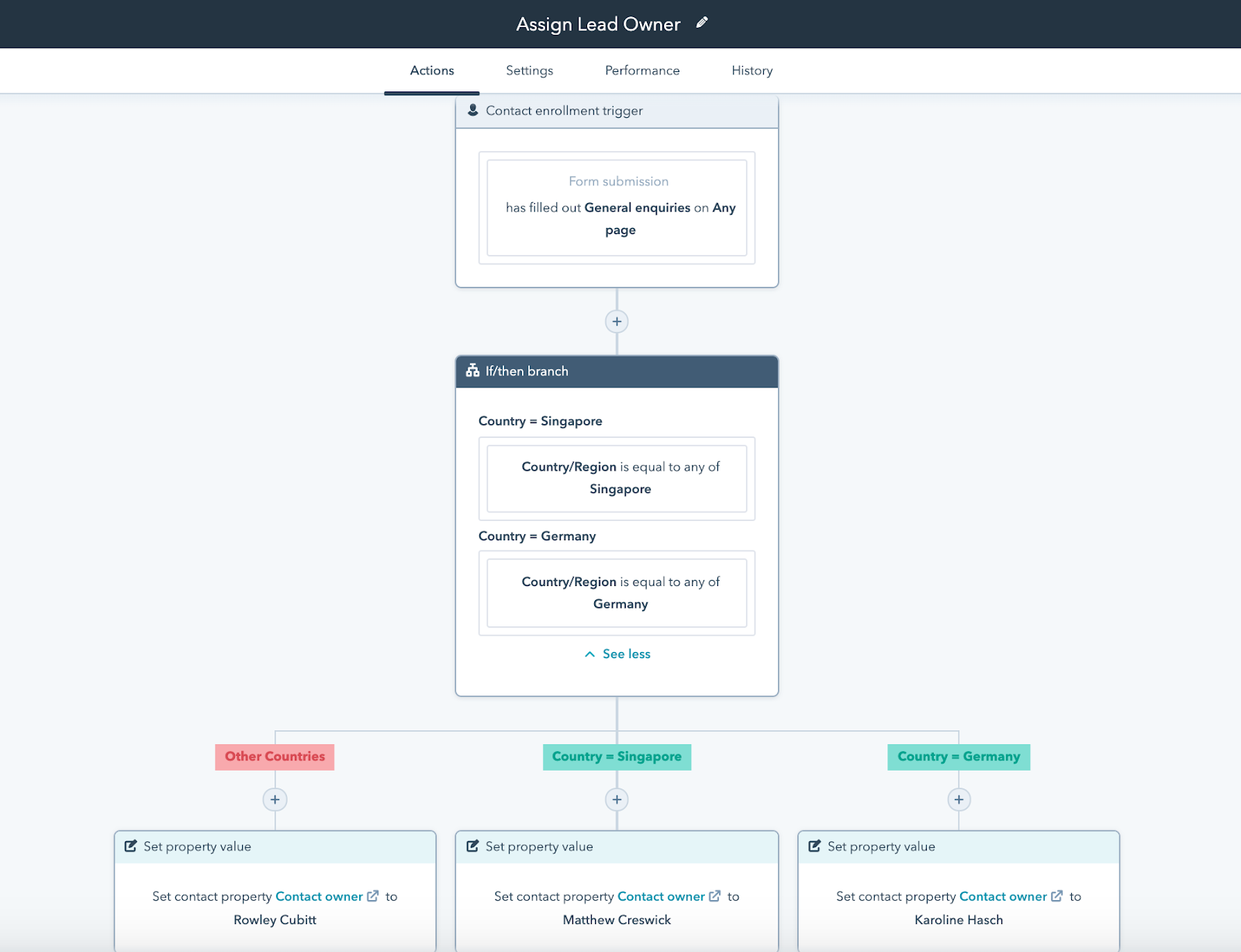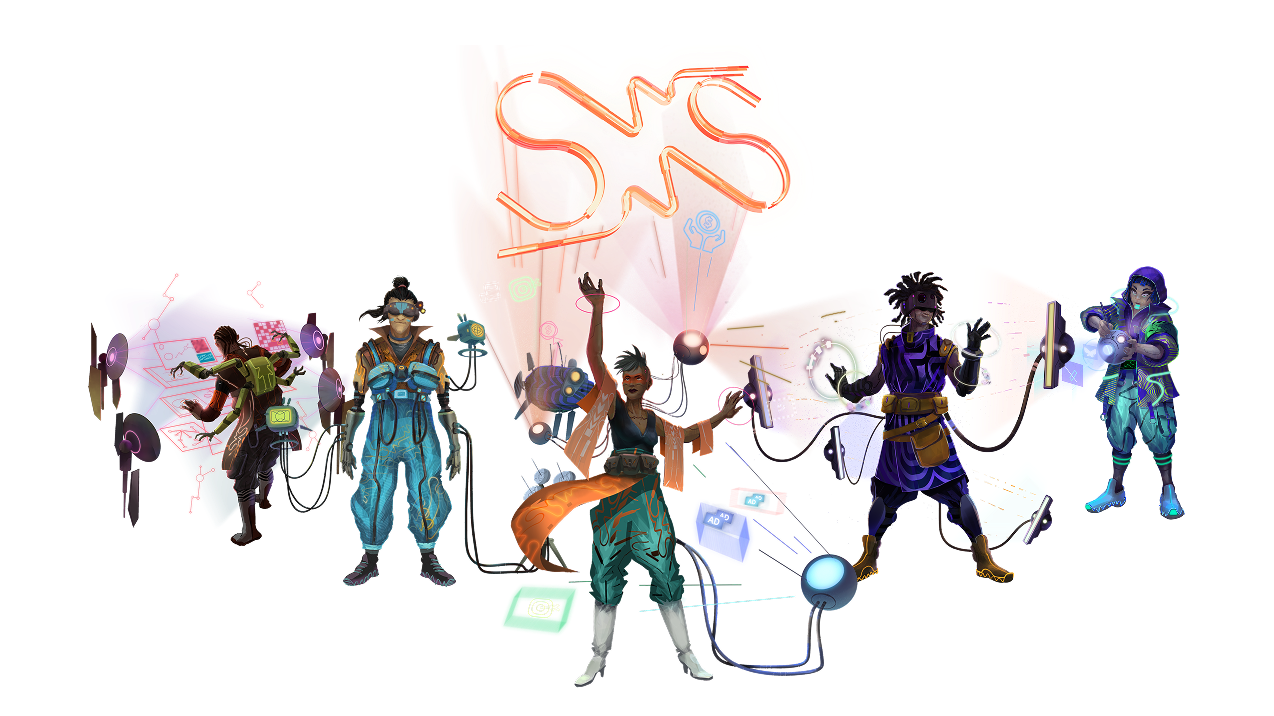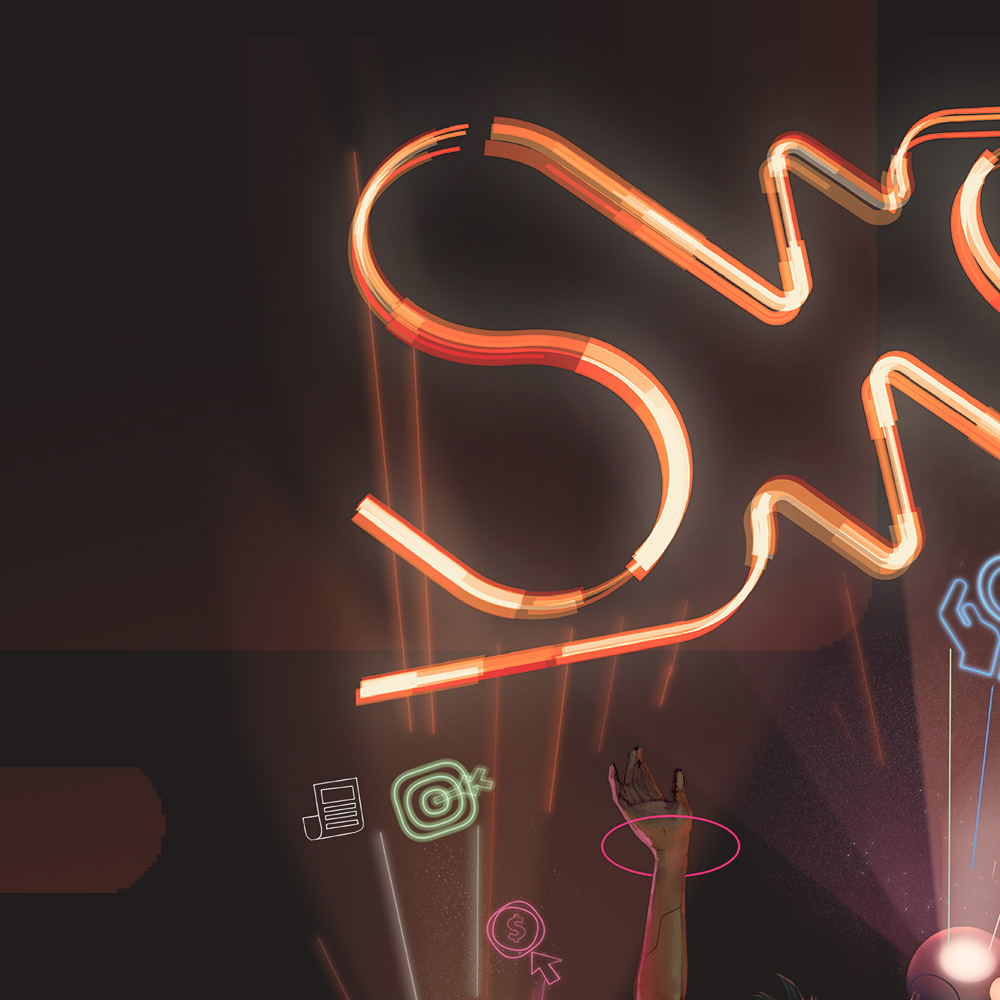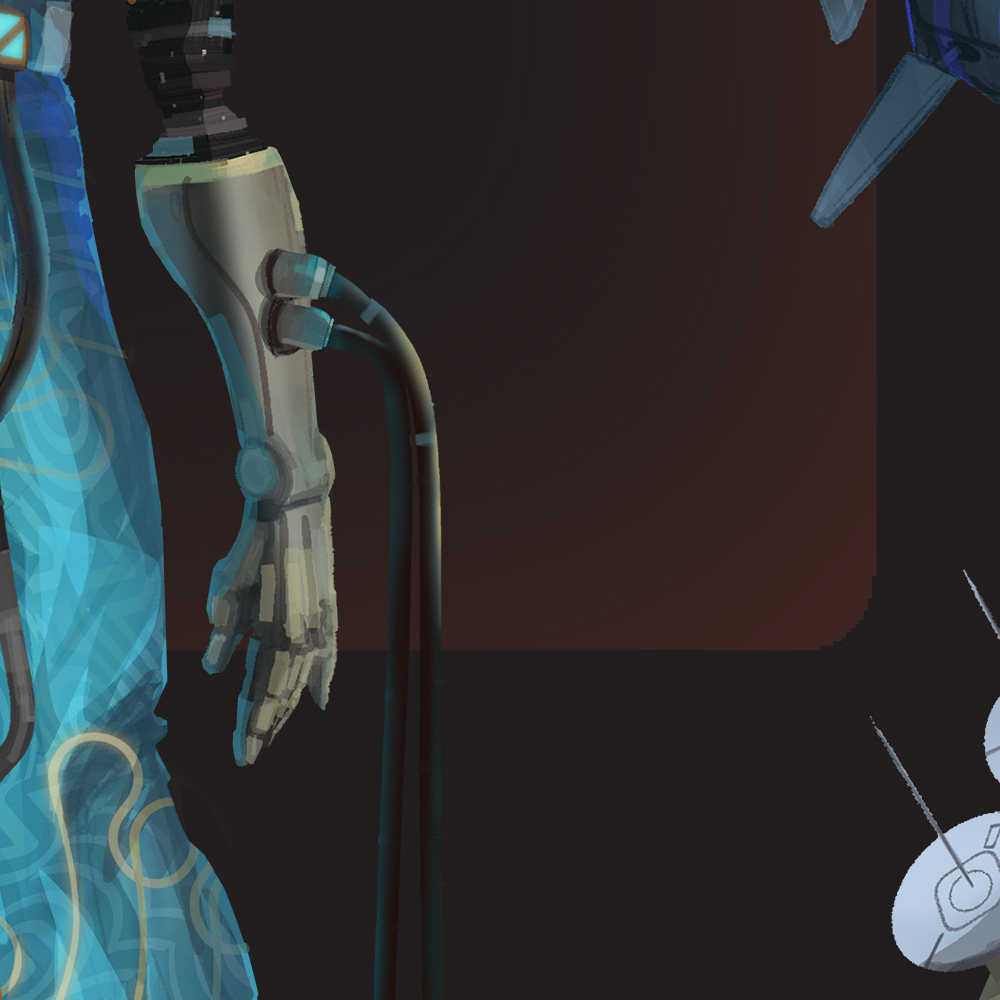
HubSpot offers both Sequences and Workflows as part of its marketing and sales automation tools, but they serve slightly different purposes and are used in different contexts. So here are the differences between HubSpot Sequences and Workflows:
HubSpot Sequences

1. Purpose: Sequences are primarily designed for sales teams to automate and manage outreach efforts, typically through email sequences. They help sales professionals engage with leads, prospects, or customers in a personalized and automated manner.
2. Use Case: Sequences are commonly used for tasks such as lead nurturing, follow-ups, outreach campaigns, and managing the sales communication process.
3. Communication: Sequences are focused on one-to-one communication. They are often used to send a series of targeted emails to individual recipients based on their engagement and interactions.
4. Personalization: Sequences can be highly personalized, allowing you to tailor the content and timing of emails to the recipient's behavior and preferences.
5. Actions: Sequences can include a mix of automated emails, manual tasks (e.g., making a phone call), and branching logic based on recipient actions.
6. Timing: Sequences are typically triggered manually by the user, often starting when a salesperson initiates the sequence for a specific contact.
7. Examples: Following up with leads after a webinar, sending a series of emails to nurture prospects, or re-engaging with inactive customers.
HubSpot Workflows

1. Purpose: Workflows are more comprehensive automation tools designed for both marketing and sales teams. They allow you to automate a variety of actions and processes, including lead nurturing, data enrichment, internal notifications, and more.
2. Use Case: Workflows are versatile and can be used for both one-to-many and one-to-one communication. They can be used for lead scoring, onboarding, customer lifecycle management, and more.
3. Communication: Workflows can involve various communication channels, such as emails, SMS, internal notifications, and more. They can target multiple contacts simultaneously.
4.Personalization: While Workflows can be personalized to some extent, they often focus on broader segments or groups of contacts.
5. Actions: Workflows can involve a wide range of actions beyond just sending emails, including updating contact properties, triggering follow-up tasks, changing lead status, and more.
6. Timing: Workflows are typically triggered based on certain conditions or events. They can be started by external events (e.g., a form submission) or internal actions (e.g., a contact's behavior on your website).
7. Examples: Sending welcome emails to new leads, assigning leads to sales reps based on lead score, updating contact properties based on specific behaviors, and more.
HubSpot Sequences are more focused on individualized sales outreach and follow-up, while HubSpot Workflows are broader automation tools used for a variety of marketing and sales tasks. The choice between Sequences and Workflows depends on your specific needs and the nature of the tasks you want to automate within HubSpot.
Find a B2B SaaS Expert
We've collected a directory of B2B SaaS experts and agencies that we've reviewed and categorised based on service and specialism for your review.










.png)




